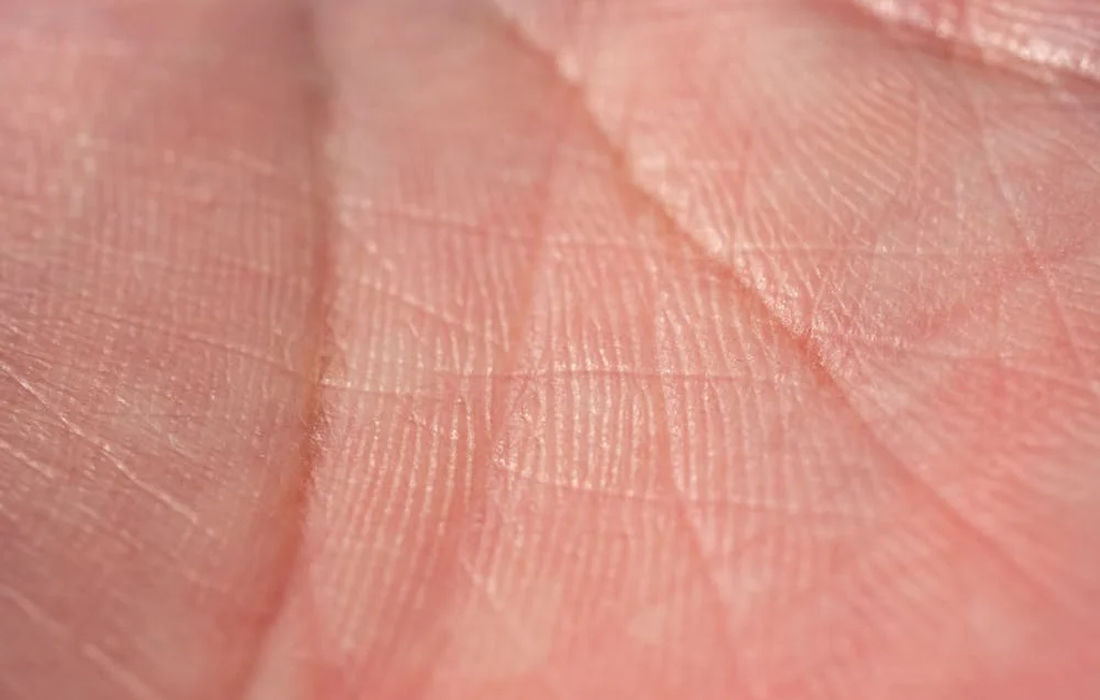Regenerative Medicine News and General Information
Lab-Spun Sponges Form Perfect Scaffolds for Growing Skin Cells to Heal Wounds
A new technique for electrospinning sponges has allowed scientists from the University of Surrey to directly produce 3D scaffolds — on which skin grafts could be grown from the patient’s own skin.
Electrospinning is a technique which electrifies droplets of liquid to form fibres from plastics. Previously, scientists had only been able to make 2D films. This is the first time anybody has electro-spun a 3D structure directly and on-demand so that it can be produced to scale.
Chloe Howard, from Surrey’s School of Computer Science and Electronic Engineering said: “After spinning these scaffolds, we grew skin cells on them. Seven days later, they were twice as viable as cells grown on 2D films or mats. Our findings pave the way for harvesting a patient’s own skin cells and multiplying them. These grafts could treat chronic wounds better and faster.”
Scientists prepared a solution which included gelatin and polyaprolactone (PCL) — a biodegradable polymer which is known to be compatible with human tissue. They pumped this solution through a syringe into an electrical field, which stretched it into nanofibres.
This process is simple, scalable, and cheap. The researchers now hope it can be used in other medical applications.
Sources:
Chloe Jayne Howard, Aumrita Paul, Justin Duruanyanwu, Kenza Sackho, Paola Campagnolo, Vlad Stolojan. The Manufacturing Conditions for the Direct and Reproducible Formation of Electrospun PCL/Gelatine 3D Structures for Tissue Regeneration. Nanomaterials, 2023; 13 (24): 3107 DOI: 10.3390/nano13243107
University of Surrey. (2024, February 23). Lab-spun sponges form perfect scaffolds for growing skin cells to heal wounds. ScienceDaily. Retrieved February 27, 2024 from www.sciencedaily.com/releases/2024/02/240223103838.htm
Photo by Sonny Sixteen from Pexels: https://www.pexels.com/photo/palm-of-a-human-hand-in-macro-photography-5376049/

